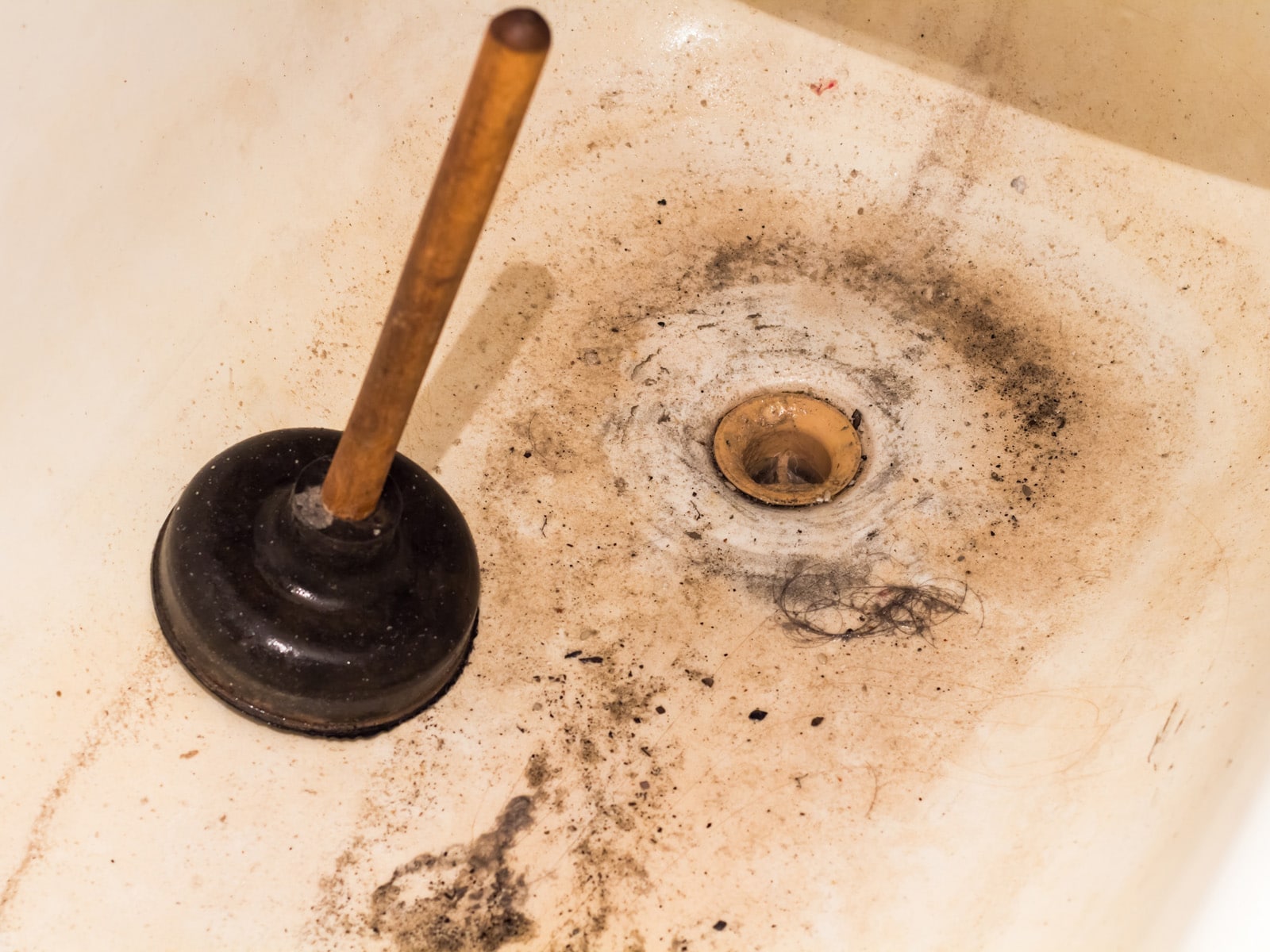Showers are an essential part of our daily routines, providing a refreshing start to our days and a relaxing end to our evenings. However, a slow shower drain can quickly turn this pleasant experience into a frustrating inconvenience. Clogged shower drains are a common household issue, but it doesn’t have to be a major problem. With the right tools and a little bit of know-how, you can fix a slow shower drain yourself. In this comprehensive guide, we’ll take you through the step-by-step process of unclogging your shower drain, exploring various causes and effective solutions. Whether you’re a seasoned DIYer or a complete plumbing novice, this guide will empower you with the knowledge and skills to restore your shower to its free-flowing glory.

Image: www.balkandraincleaning.com
Identifying the Cause of a Slow Shower Drain
Before diving into the practical steps of unclogging your shower drain, it’s important to identify the underlying cause of the blockage. By understanding what’s causing the slow drainage, you can choose the most effective solution. Common causes of slow shower drains include:
-
Hair and soap scum buildup: Over time, hair, soap scum, and other debris can accumulate in the drainpipe, gradually restricting water flow.
-
Mineral deposits: Hard water contains minerals such as calcium and magnesium, which can form scale buildup inside the drainpipe, narrowing its diameter.
-
Foreign objects: Small objects, such as toys, jewelry, or hair accessories, can accidentally fall into the drain and obstruct the passage of water.
-
Damaged or collapsed pipes: In rare cases, the drainpipe itself may be damaged or collapsed, causing a blockage that prevents water from flowing through properly.
DIY Solutions for Unclogging a Slow Shower Drain
Once you’ve identified the suspected cause of the slow drainage, you can proceed with the following DIY solutions:
1. Manual Removal of Hair and Debris
-
Using a pair of pliers or needle-nose pliers, carefully remove any visible hair or large debris from the drain opening.
-
If you can’t reach the blockage with pliers, try using a long, thin object, such as a wire hanger or a straightened-out paperclip, to hook and pull out the debris.

Image: www.thathipsterlife.com
2. Baking Soda and Vinegar Treatment
-
Pour half a cup of baking soda into the drain opening.
-
Follow with half a cup of white vinegar. Be careful not to add vinegar too quickly, as the combination of baking soda and vinegar will create a fizzing reaction that can cause overflow.
-
Let the mixture sit for 15-20 minutes to dissolve hair and soap scum.
-
Flush the drain with hot water to remove the dissolved debris.
3. Chemical Drain Cleaners
-
If the baking soda and vinegar treatment doesn’t work, you can try using a chemical drain cleaner. However, these can be harsh on pipes and should be used as a last resort.
-
Follow the instructions on the product label carefully, and never mix different types of drain cleaners.
-
After using a chemical drain cleaner, flush the drain thoroughly with water.
4. Plunger Method
-
Fill the shower base with a few inches of water.
-
Place a plunger over the drain opening and pump vigorously up and down.
-
The suction created by the plunger can help dislodge hair and debris stuck in the drainpipe.
How To Fix A Slow Shower Drain
5. Drain Snake
-
For deeper clogs, you may need to use a drain snake. A drain snake is a long, flexible auger that can be inserted into the drainpipe to break up and remove clogs.
-
Insert the drain snake into the drain opening and turn the handle to feed the auger into the pipe.
-
Continue turning the handle until you feel resistance, indicating you have reached the clog.
-
Slowly pull the drain snake back and forth to break up the clog.
-
Flush the drain with hot water to remove the dislodged debris.
Conclusion